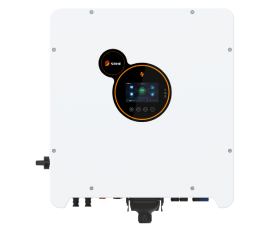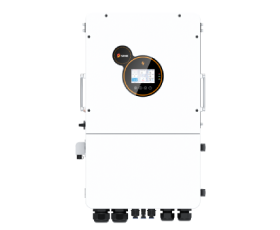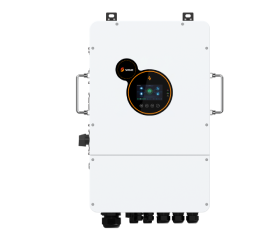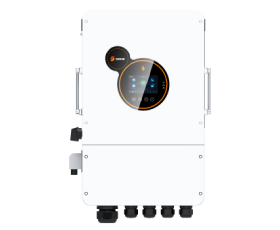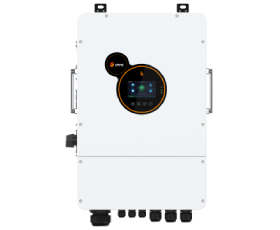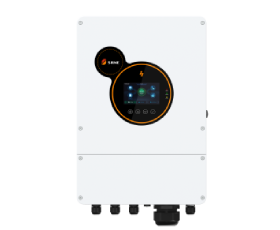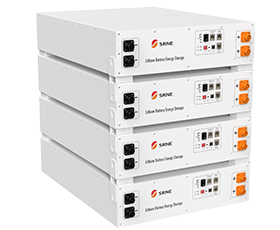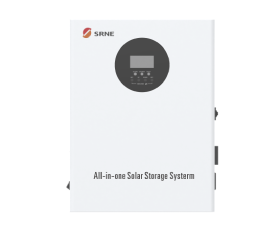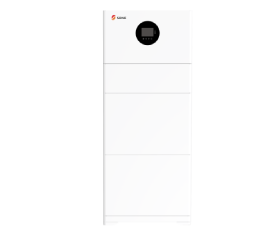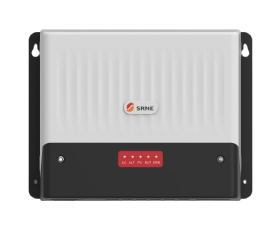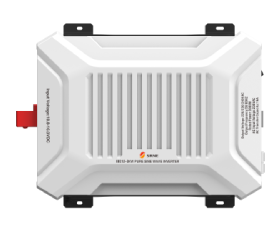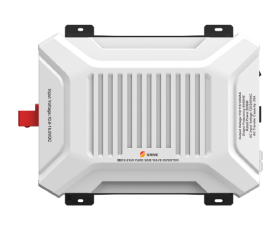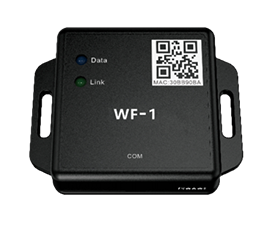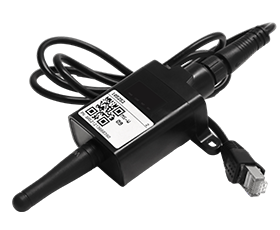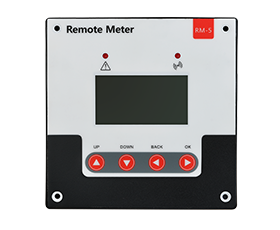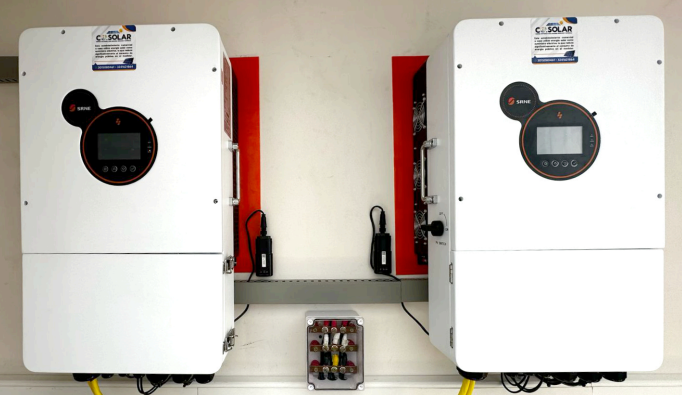Different Types of Solar Charge Controllers
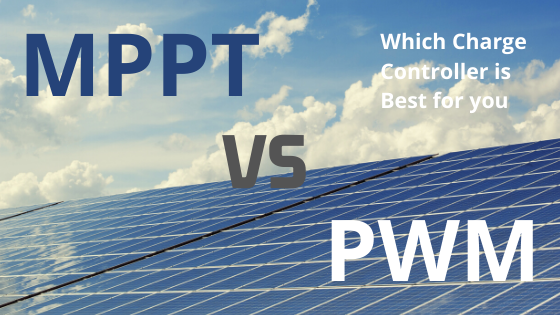
Shunt regulator
Shunt regulators are generally solid-state and contain a blocking diode and a transistor. The solar array is shorted by a transistor (or relay) and the blocking diode prevents the battery from being shorted at the same time. Shunt regulators are generally applied to negatively grounded systems only as the block diode is usually in the positive line.
Shunt regulators function by short circuiting the solar array when the battery reaches a set voltage. When the battery voltage drops, the array will function normally again and current will be allowed to flow to the battery again.
Shunt regulators are on/off type controllers, which means that solar array is either on or off. As the regulator sees the full current from the solar array during regulation, the shunt regulators get hot and are generally only used for small solar arrays.
Series regulator
Series regulators generally adopt a relay or transistor to connect or disconnect the solar array. As the relay (or transistor) can be placed in either positive or negative line, series regulators can be used in both positive and negative ground systems.
Series regulators function by open-circuiting the solar array when the battery reaches a set voltage. When the battery voltage drops, the array will be reconnected and current will be allowed to flow to the battery again.
Series regulators (similarly to shunt regulators) are also on/off type controllers. The solar array is either on/off, so the battery sees the full charge current or none. As the regulator starts up the solar array to regulate the battery voltage, series regulators run much cooler than shunt regulators (especially if a relay is used instead of a transistor). For this reason, series regulators are well suited for large solar arrays.
Unlike shunt regulators, some series regulators can control multiple relays (or transistors), allowing for multiple disconnect or reconnect set points and stepped charge current.
PWM solar charge controller
PWM solar charge controller is the second generation technology product, which has obtained the most market share at present. The operating principle is PWM module. The charge conversion efficiency is 75 percent to 80 percent.
PWM solar charge controllers adjust the charging rates depending on the battery levels, making regulation more difficult to adjust to optimal levels. PWM controllers make the 3 stage process very efficient by utilizing high-frequency electric pulses to constantly change the amperage that is delivered by adjusting the length of the pulses accordingly. These controllers are primarily used for 12V batteries that emit about 30A. They regulate the voltage and measure the output.
The main advantage of PWM is that power loss in the switching devices is very low. When a switch is off, there is practically no current. When it is on and power is being transferred to the load, there is almost no voltage drop across the switch. Power loss, being the product of voltage and current, is thus in both cases close to zero. Therefore, PWM controllers are suitable for small off-grid solar panel systems, of low powers and low voltages – that is, where you have less to use as power and efficiency.
MPPT solar charge controller
MPPT solar charge controller is the third generation technology product as well as the most highest level solar charge controller. MPPT controllers takes the DC input from the solar panels, convert it to high frequency AC, and then change it once again to a different DC voltage and current. MPPT solar charge controller can detect the voltage and current of solar panel in real time and continually track the maximum power point in order to reach the maximum efficiency for charging the storage battery. The point is the voltage will exactly adhere to the requirements of the battery. As the MPPT charge controller uses the negative line as a reference and then switches the positive line, they can be used in negative ground systems only.
The MPPT tracking efficiency is 99 percent and the generating efficiency of the whole system is up to 97 percent. The battery is managed and protected well. The charging modes are divided into MPPT charge, constant voltage equalizing charge and constant voltage floating charge. With the technical progress and energy conversation, MPPT solar charge controller will definitely replace PWM solar charge controller.
MPPT solar charge controller has many benefits. MPPT ensures that you get the most power possible from your solar panels at any point in time. It is particularly effective during low light level conditions. During low light level situations, it will compensate for the low light level and find the new point at which the solar cell delivers its maximum power output.
The above are the introductions of basic four types of solar charge controllers. Users can freely choose the suitable controller according to the features.




















